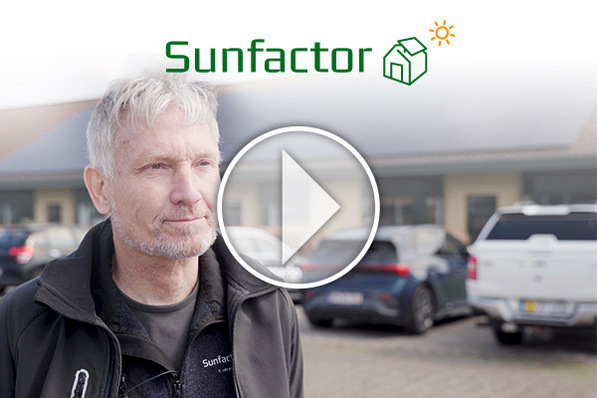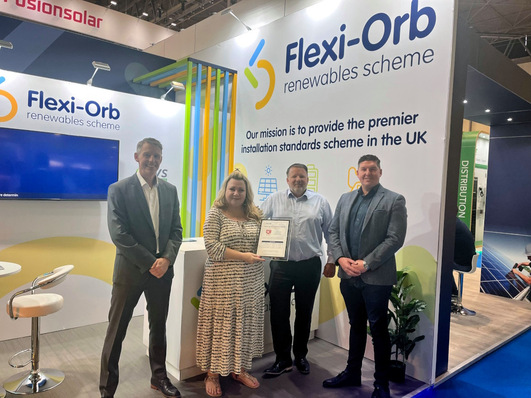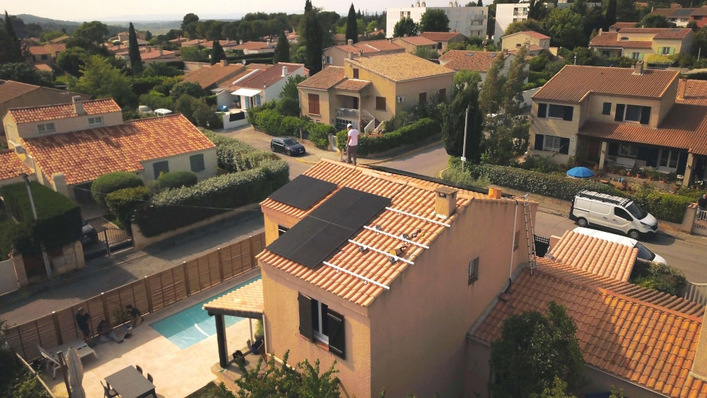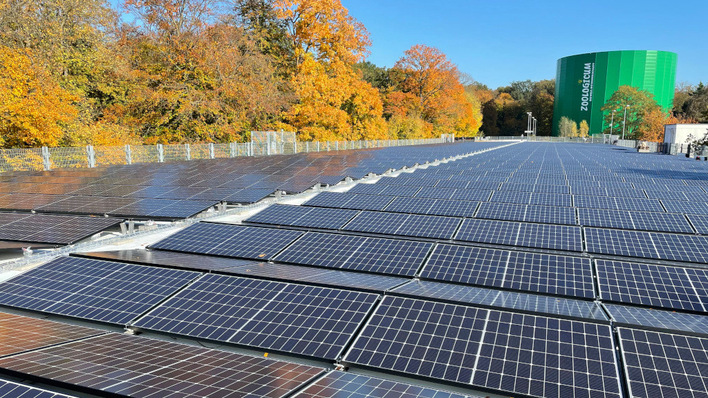As has been reported by Solar Age, the demand for thin film products is increasing. The architecture database refers to a statement by Michael Bauer, COO of module manufacturer Calyxo, while presenting the current study on the economic potential of thin film photovoltaics, commissioned by DIW Econ on behalf of PV Thin in Berlin. Calyxo started manufacturing cadmium telluride modules in 2005 and, following an insolvency last year, has relaunched the technology. While the share of thin film photovoltaics in the global market is low, Bauer emphasises that demand in absolute figures, especially in Germany, it is very high.
Reduced production costs
This is also the conclusion of the DIW Econ study. Anselm Mattes, author of the study, attributes this to three factors. The technology is inexpensive. The costs for a thin film module are higher compared to crystalline modules. "We started last year at a production price of 50 cents per watt," Bauer explains. "However, we have already reduced production costs and are aiming for 20 cents per watt by the end of the year."
This shows how great the potential for price reductions in the thin film segment is. "This is primarily achieved through innovations," Michael Bauer points out. After all, the proportion of material costs in production is higher than labour and personnel costs. This is why lowering prices primarily works through innovation and less through scaling up production, as is the case with crystalline photovoltaics. This also makes production in Europe economically viable, because this is where the research potential exists, as Andreas Wade, President of PV Thin, emphasises.
Yield is crucial
In the end, it is not the module price that decides, but the price at which the modules generate electricity. This is where thin film technologies catch up with crystalline photovoltaics. After all, the better low-light performance means that thin film modules produce more electricity from the same input. Bauer expects up to ten percent more yield here. This is particularly advantageous for façade installations, as the modules are not optimally aligned with the sun. In addition, there is an aesthetic advantage, because thin film provides a homogeneous surface without the technology being visible. With crystalline modules, this is only possible using coloured front glasses, which, however, cause yield losses. (su/mfo)
You can now sign up for our upcoming pv Guided Tours at The smarter E Europe (Intersolar Europe, ees Europe, Power2Drive, EM-Power) in Munich in May 2019.
Have a look back at the highlights of last year’s pv Guided Tours.
Get the latest news about the solar industry.
Stay informed, subcribe to our twice-weekly newsletter.
Register here: https://www.pveurope.eu/newsletter







